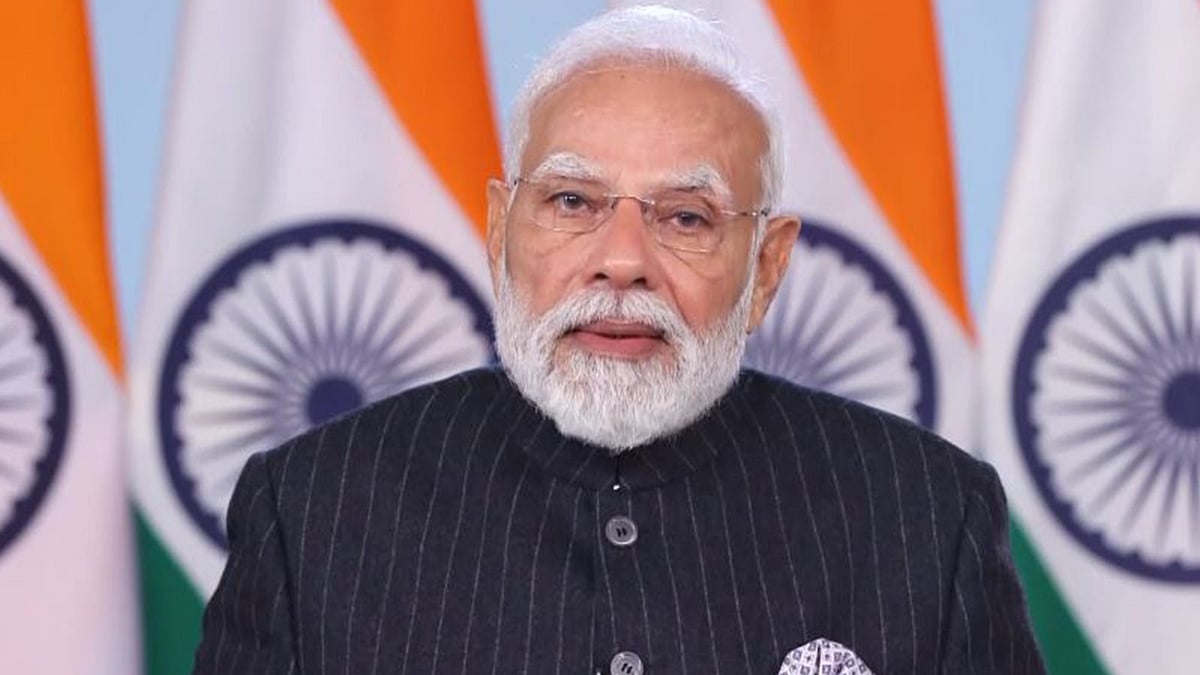IndiGo, India’s biggest airline by market share, reported its third-quarter results last week post-market hours. After many quarters of sustained losses on the back of groundings and reduced traffic, IndiGo reported a profit of Rs 129.8 crores.
IndiGo’s results came on the back of an almost 85 percent growth in revenue from the same quarter one year ago and a nearly 65 percentgrowth in revenue from the July-September 2021 quarter. There were many reasons for IndiGo to rejoice.
IndiGo establishes dominance
As vaccination for COVID-19 went up across the country and the requirement to present test reports before a flight reduced, IndiGo established its dominance over the market all over again. IndiGo was still flying over 50 percent of the passengers across the country through over 1500 flights a day. Each of these flights was 79.7 percent full, which indicated strong demand for flying. All of this led to revenue of Rs 9,480 crore. They were also helped by the festive and wedding seasons, which coincided with travel opening up again.
The yield for IndiGo was robust and amongst the highest IndiGo has seen. At Rs 4.41 RASK (revenue per seat kilometre flown), IndiGo was helped by people wanting to fly and the rules set by the Government of India. As per the Government rules currently existing, price floors and caps have been established for airlines, and they cannot sell tickets below a specific price within 15 days of the date of the flight. This prevented airlines from undercutting each other to increase occupancies on their flights using the frequent sales you used to see pre-pandemic.
People also booked IndiGo because of its proven track record compared to other airlines. Other financially-challenged airlines have been unable to operate flights even during the rush periods due to the non-availability of aircraft or crew. IndiGo has had far fewer cancellations than the others. This will continue in the coming months as the troubles of other airlines are not over yet, and might also allow IndiGo to charge a premium in some cases.
With IndiGo’s size, the airline’s CEO Ronojoy Dutta noted that they’ve been able to generate health numbers just by flying their aircraft 10.7 hours per day (compared to 7.7 hours earlier). International operations are muted for now, but he expects them to be flying the plane for over 13 hours a day when the international operations open up fully.
Modernises fleet
IndiGo has also been at the forefront of modernising its fleet, which does not just help its bottom line but also the environment. With growth, IndiGo also witnessed higher fuel prices, which form about 35 percent of the airline’s costs. IndiGo has replaced aircraft from the earlier ceo fleet to newer A320neo aircraft. The Airbus A320neo aircraft have newer-generation engines, reducing fuel consumption by 15 percent. Not just that, IndiGo has been inducting in its fleet the A321neo aircraft, thereby flying about 20 percent. more people on the same plane.
IndiGo had 16 A320ceo aircraft exit its fleet and 18 A320neo family aircraft enter the fleet during the quarter. Every time an old plane goes out, and a new one comes in, IndiGo can also reduce maintenance costs. Unfortunately, other airlines don’t operate at the scale of IndiGo and don’t see these benefits on an ongoing basis in their financials.
Akasa Air, Air India could spoil party for IndiGo
While Rono Dutta called Akasa and Air India’s privatisation noise on the analyst call, these two players have some tricks up their sleeves that could spoil the party for IndiGo. Akasa is coming up without any baggage and intends to scale up pretty quickly with about 18-20 aircraft within the first year itself. On the other hand, Air India will now have the might of the Tata Sons Balance sheet behind them to finance a product upgrade and keep prices low to have people come and sample them again.
Omicron casts its shadow on IndiGo's recovery
Will this profit indicate a rise in airfares? Not really. Omicron has already cast a shadow on IndiGo’s recovery, where they mentioned that post-December 15, 2021, they saw demand reducing into January 2022. With the combination of new airlines on the horizon and some of the systemic tailwinds going away, eventually, such as the fifteen-day floor and fare caps, IndiGo would be looking at other opportunities to generate more revenue in the times ahead.
Are other airlines also out of the woods? We don’t know yet, and their results are still to be put out. But IndiGo shares a profitable quarter with hotel bellwether IHCL, which indicates that when travel opens up, people will continue to travel, and we will be back to put the virus behind.
(The author writes about Indian Aviation on livefromalounge.com and tweets from @LiveFromALounge)









